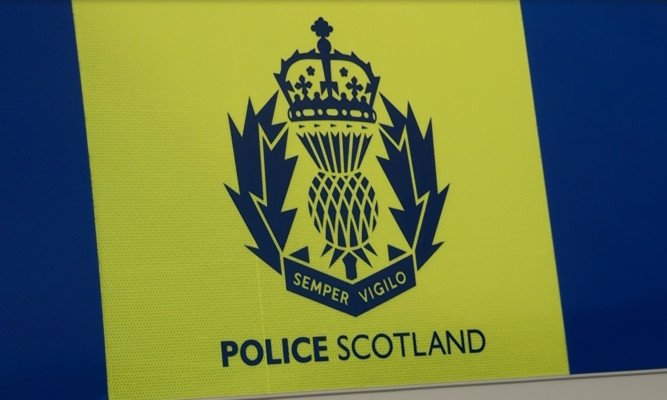The centralisation of Police Scotland has been “a disaster” for Angus, a councillor has claimed.
Lib Dem Montrose councillor David May said there is low morale among officers locally who are being “de-skilled” as a result of the changes.
Mr May said it was time for the SNP Government to spend less time “playing silly stunts at Westminster” and more time sorting out “the mess they have created with the police”.
He said: “I know by talking to some officers who are still there and many who have retired that morale is really low by comparison of what it used to be.
“I find that disappointing because these people are doing superb work.
“Quite honestly you are de-skilling them by asking them to do the job that civilian staff used to do.
“The reason for having civilian jobs was to free up police time so they could get on with the important work they were trained to do now they are doing work which is honestly de-skilling what has been an essentially superb police force.”
Mr May also questioned the power of Tayside Joint Board in having any impact upon policing in the area as he said decisions are now made centrally.
“We in Angus particularly have suffered by the loss of police parking wardens.
“Parking is now a nightmare in all of our burghs and it’s almost impossible to get parked in our high streets.
“People are parking on double yellow lines or in the same place all day and the shops are suffering because the thoroughfare of traffic is considerably less.
“We have also lost our police counters and people can no longer just pop in and report something or hand in something they have found it has been a very considerable loss of our local policing.
“I know our local police do a superb job but we have to realise that the support they got from civilian staff has essentially been massively cut.
“Local police now have to do that work themselves at considerable strain.
“Police Scotland have stopped officers from performing the roles they used to do traffic duties, police counters and the role they used to play with Travellers…it is unquestionably the case that we are having more considerable problems along these lines in Angus as a result.”
Mr May has also backed calls by Lib Dem MSP Alison McInnes for serving police officers and civilian staff to take part in the Her Majesty’s Inspectorate of Constabulary Scotland (HMICS) review.
The HMICS review, which was announced by Justice Secretary Michael Matheson following the recent tragic events following a car crash in Stirling, is to report in October.
Mrs McInnes said concerns over the impact of control room closures have been raised for months and it was vital that the HMICS takes a proper look at the implications of the restructuring and what it has meant for staff and people reporting crimes.
A Scottish Government spokesman said: “Police reform and the creation of Police Scotland was widely supported on a cross-party basis, and is safeguarding policing in Scotland from Westminster budget cuts.
“Police officers and support staff continue to do an excellent job in our communities and recorded crime in Scotland is at a 40-year low, supported by the 1,000 extra officers we have delivered compared with 2007. Local policing remains strong, supported by specialist expertise and equipment whenever and wherever required and policing in Scotland is now more local and accountable than ever before.
“We have always said there would be fewer staff at the end of the reform journey than there were at the start.”
